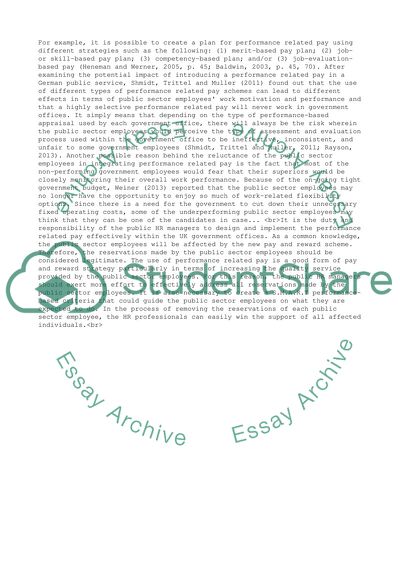Cite this document
(“Strategic Reward Key Models and Practices Essay”, n.d.)
Strategic Reward Key Models and Practices Essay. Retrieved from https://studentshare.org/management/1473625-strategic-reward-key-models-and-practices
Strategic Reward Key Models and Practices Essay. Retrieved from https://studentshare.org/management/1473625-strategic-reward-key-models-and-practices
(Strategic Reward Key Models and Practices Essay)
Strategic Reward Key Models and Practices Essay. https://studentshare.org/management/1473625-strategic-reward-key-models-and-practices.
Strategic Reward Key Models and Practices Essay. https://studentshare.org/management/1473625-strategic-reward-key-models-and-practices.
“Strategic Reward Key Models and Practices Essay”, n.d. https://studentshare.org/management/1473625-strategic-reward-key-models-and-practices.


